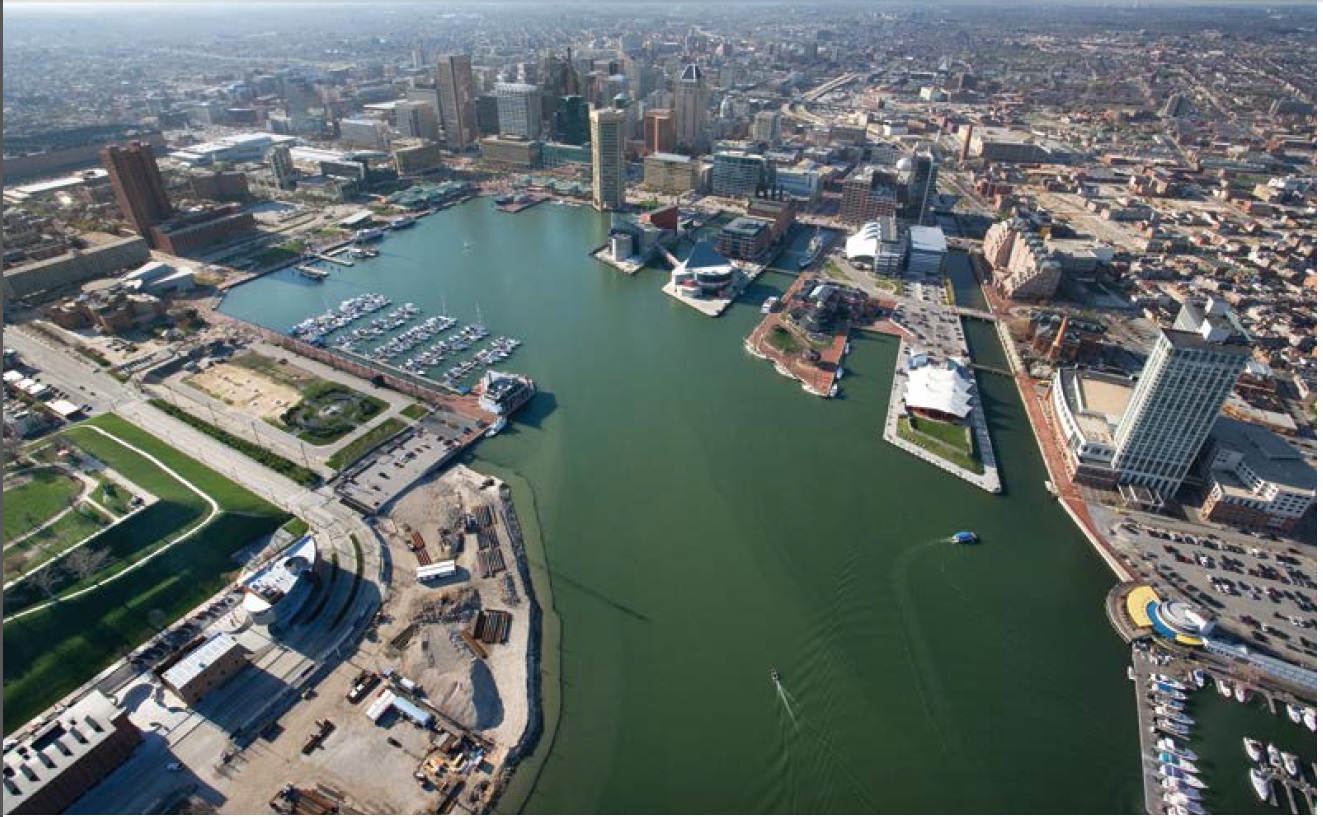By Daniel Menefee
Dan@MarylandReporter.com
Gov. Martin O’Malley’s controversial bill to control septic systems was brought to the Senate floor Tuesday, with opponents planning to offer a series of amendments.
The Senate Education, Health and Environmental Affairs Committee approved the 33-page legislation Friday on a 7-4 vote, with Sen. Ed Reilly, R-Anne Arundel, calling it a move to “centralized planning.”
“I anticipate there will be a dozen or so amendments,” said Sen. Paul Pinksy, D-Prince George’s, the sponsor of the bill, who admitted the bill is “complicated.”
The proposal was conceived on the recommendations of the governor’s Task Force on Sustainable Growth and Wastewater Disposal – established a year ago to address the impact of septic systems on land preservation and the environment – and to help meet federal guidelines to reduce nutrient runoff into the Chesapeake Bay by 2020.
If passed, the bill would require local governments to adopt a four-tiered system for septic use in residential development by Dec. 1, 2012.
Four-tiered system
The bill would prohibit the Maryland Department of the Environment from issuing permits for major subdivisions served by septic systems, community sewage systems, or shared systems unless the local governments have adopted the four-tiered designations that define “minor” and “major” subdivisions in their local jurisdictions.
Pinsky said 22 of the 24 jurisdictions have already adopted the definitions for subdivisions.
A “minor subdivision” is defined as five to seven lots or less under the bill. The bill only applies to residential subdivisions and does not apply to areas that have already been approved for septic.
Tier-one areas are served by local water and sewer systems and are not designated growth areas under the bill.
“They already have the infrastructure,” Pinsky said.
Tier-two growth areas are planned where water and sewer will be extended from existing municipal water systems.
Tier three is a mix of areas that prohibit septic use and areas that allow major subdivisions on septic.
“These areas are not designated for sewer services and are not dominated by agricultural or forest land” and may include a municipality not served by public sewer, Pinsky said.
Maryland Association of Counties opposed to some provisions
Tier-three draws much opposition from the Maryland Association of Counties, which says the bill takes away the flexibility and authority of local governments and mandates that MDE have the final say in disputes between a county and a municipality over an area targeted for annexation.
“Tier three areas will allow some major subdivisions designated in the bill, but other areas will be off limits…that’s where the rubber meets the road,” Pinsky said.
“By and large, tier-four areas restrict or prohibit septic in major subdivisions,” Pinsky said.
The bill aims to preserve farm and forest lands that have gone to development. Almost 500,000 acres of farmland and “about the same amount in forests” have disappeared in Maryland over the last 30 years, according to Pinsky.
“This bill puts a little more force behind the concept of smart growth,” Pinsky said. “While smart growth has conceptually been a great idea, it has not been effective in the last 20 years.”
He said the lack of regulation of septic would further contribute to sprawl and require local governments to raise taxes to modernize roads and increase school capacity.
This bill “will also keep down taxes,” Pinski said to the Senate. “If we continue to allow development in the rural areas of the state, ultimately we will have to build schools and roads. Every time you invest in infrastructure, as you all know so well, it costs money.”
Pinsky said it is projected that 478,000 new residences will be added in Maryland over the next 25 years and 20% will be put on septic.
Senate Minority Leader E.J. Pipkin rebuffed the idea of smart growth and said the bill aims to trump local control.
“It’s not about cleaning up the Bay,” Pipkin said. “It’s about the state of Maryland taking over control of planning from local governments.” He said septic contributes only about .01% of the total nutrient runoff into the Bay.






The new septic systems are better then the waste water treatment plants that add chlorine treated water directly into the bay not to mention the multiple sewage spills.Rural Development rarely impacts infrastructure that the developer does not pay for in impact and other fees. Not everyone wants to live compacted. Lay off the farmers who grow our food and go after the the bright green lawns with no weeds all over the state and filter or contain storm water from imperviace ground that flows directly into tributary’s that feed the bay
As well all those making over 500,000 will leave because they can and commute to work in one of those mini copters because they can, and take the tax money elsewhere, leaving the rest of us who can’t leave to pick up the slack. Be fair in taxation.
Legislators need to use common sense and do whats right for the people and not whats good for O’Malley who has no common sense
This is just another agenda-driven trick by ‘Jack’ O’Malley (Obama’s new name for him), to help his ilk get complete control over our lives in Maryland. Hope he’s happy when when all the ‘makers’ leave the state, to nothing but ‘takers’. Then he can take all the money out of HIS stash, to support the deadbeats. He can’t leave office soon enough!
And Pipkin is right, it is NOT the septics that are the problem. It’s the county landfills and administrative processes that have ‘accidental’, INDUSTRIAL size leaks into the bay every other day. But you can’t get that through the pea-brains of O’Malley and the rest of the greeny goons. You can fix STUPID.
It appears as if this is just another way for the State to take control. First question, why should ANY bill be 33 pages long? Second question, why aren’t developeers charged for the increase in services that they foist on the local area?